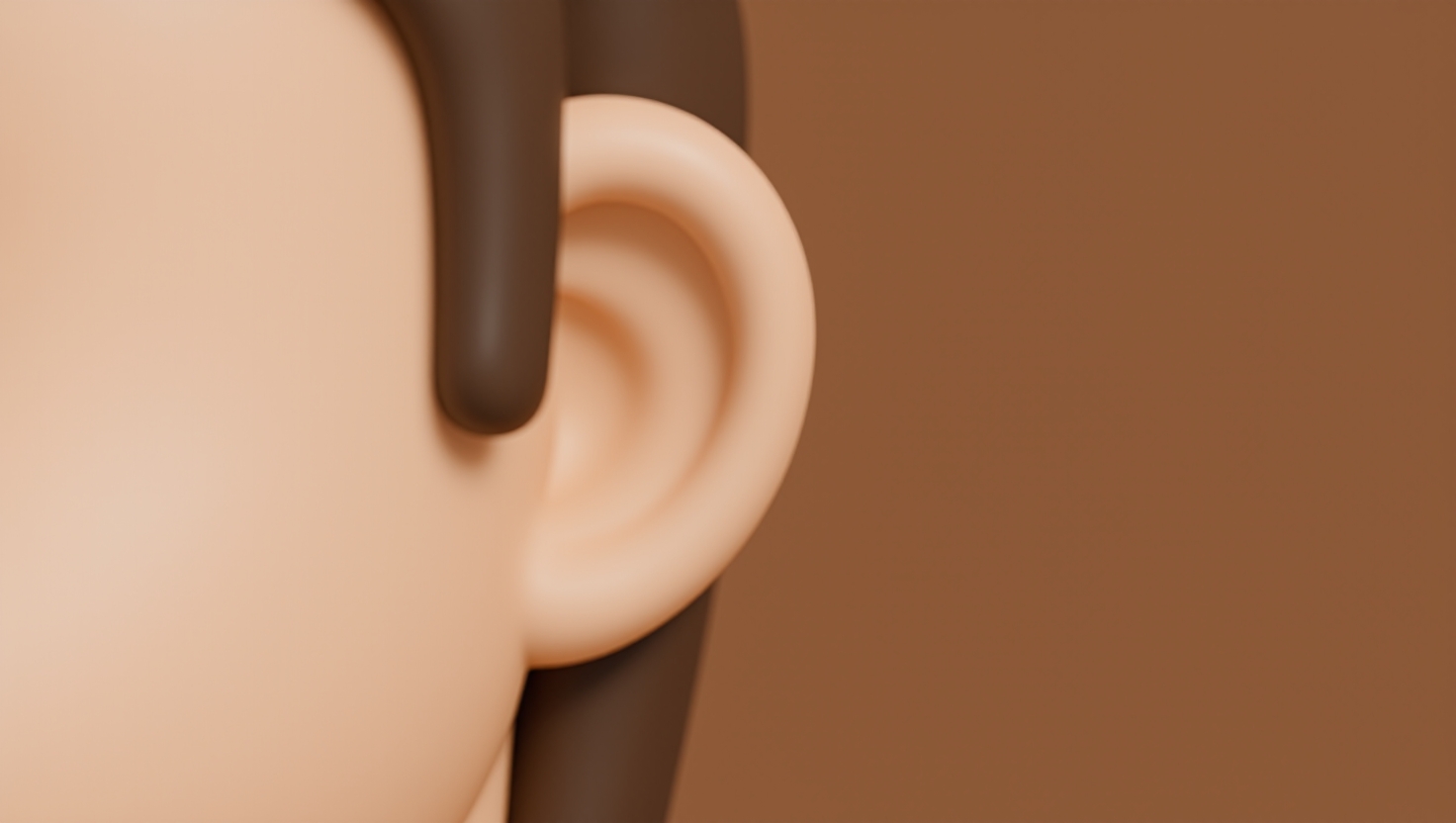What Is a Diagonal Crease in the Ear Lobe?
Understanding the Diagonal Ear Lobe Crease
A diagonal crease in the ear lobe is a small, noticeable line or fold that runs diagonally across the lower part of the ear lobe. This subtle mark is sometimes referred to as "Frank's sign," named after the researcher who first described a possible connection between this crease and cardiovascular health in the 1970s. Many people begin to notice this crease as they get older, and it can appear on one or both ear lobes.
The crease may initially look like a fine wrinkle, similar to the lines that form on other areas of the skin with natural age-related changes. For some, it may be so faint that only close inspection reveals it, while for others, it can be quite prominent. Despite its visibility, a diagonal ear lobe crease is generally harmless and often considered a normal part of the aging process.
Common Causes of Ear Lobe Creases
There are several reasons why a diagonal crease might develop in the ear lobe. Understanding these can help put concerns into perspective.
- Natural Aging: As we age, the skin loses collagen and elasticity, key components that help keep it firm and smooth. This loss causes skin to sag and develop creases, similar to the wrinkles that appear on the face, neck, or hands. Since ear lobes are made of soft tissue and skin, natural folds or lines can form over time.
- Genetics: Some individuals might inherit a tendency toward skin creasing, including the development of diagonal ear lobe creases. Just as family members might share similar hair or eye color traits, the likelihood of skin folds or creases can be influenced by genetics.
- Skin Changes: Environmental factors like prolonged sun exposure, smoking, or lifestyle habits that impact skin health can contribute to changes in texture and elasticity. These changes may make creases or fine lines more apparent.
- Possible Health Associations: Some studies have suggested an association between diagonal ear lobe creases and increased risk of cardiovascular disease. For example, some research found a higher incidence of heart conditions in people presenting with this crease compared to those without it. However, these findings are not consistent across all studies, and the exact nature of this link — if any — remains unclear.
When to Consider Seeing a Healthcare Professional
Generally, a diagonal ear lobe crease is not something to worry about and does not require medical treatment. That said, there are circumstances where consulting a healthcare provider is advisable, especially if you notice:
- Other signs or symptoms associated with cardiovascular concerns, such as chest pain, pressure or tightness in the chest, shortness of breath, unusual fatigue, or dizziness. These symptoms require immediate medical attention regardless of any ear lobe changes.
- Sudden or dramatic changes in your skin or ear appearance, such as swelling, redness, pain, or lumps, which could indicate infection or other conditions needing evaluation.
- Additional unexplained symptoms affecting daily life, including persistent discomfort or other physical changes that cannot be explained by aging or lifestyle factors.
A healthcare professional can perform a thorough evaluation, including history taking, physical examination, and appropriate diagnostic tests.
Impact on Work, Social Life, and Quality of Life
For most people, a diagonal ear lobe crease does not interfere with work, social interactions, or general quality of life. It is primarily a cosmetic feature that many may not even notice or consider significant.
However, some individuals might feel self-conscious about visible changes to their appearance, especially if they believe these changes might signal underlying health issues. This concern can sometimes affect confidence, social engagements, or self-perception.
Moreover, awareness of the possible, yet uncertain, connection to cardiovascular health might encourage people to adopt healthier lifestyles. For example, someone noticing the crease might be motivated to improve their diet, increase physical activity, or quit smoking, all of which positively impact heart health.
Understanding one’s overall health status and regularly monitoring medical check-ups can contribute to peace of mind. Taking proactive steps and having open dialogue with healthcare providers helps support physical, emotional, and mental well-being.
What Does the Research Say?
Research into the diagonal ear lobe crease and its potential association with heart health has produced mixed results, and experts agree that the crease alone cannot reliably diagnose any medical condition.
- Several studies have observed that individuals with this crease tend to have a higher rate of cardiovascular diseases such as coronary artery disease or atherosclerosis. Early research showed a correlation that prompted more investigation into this physical sign.
- Other studies have proposed that the crease is more likely to be a marker of aging or genetic predisposition, rather than a direct indicator of heart disease. Aging naturally brings many physical changes in different areas of the body, including the skin, making it difficult to separate that from disease-specific effects.
- Medical professionals typically consider the diagonal ear lobe crease as a potential sign among many others, but not a definitive diagnostic tool. As such, it is not used in isolation to assess health risks but might be part of a broader clinical evaluation.
In summary, a diagonal ear lobe crease is most often a normal part of the aging or genetic process and is not, by itself, cause for medical alarm. If there are concerns, the best approach is to discuss overall health status and any symptoms with a healthcare provider.
---
Ready to breathe easier? Schedule your visit at Sleep and Sinus Centers today—online or call (678) 689-1100 to book an appointment. Our experienced team is here to support your health and well-being with personalized care.
This article is for educational purposes only and is not medical advice. Please consult a qualified healthcare provider for diagnosis and treatment.
Don’t let allergies slow you down. Schedule a comprehensive ENT and allergy evaluation at Sleep and Sinus Centers of Georgia. We’re here to find your triggers and guide you toward lasting relief.



